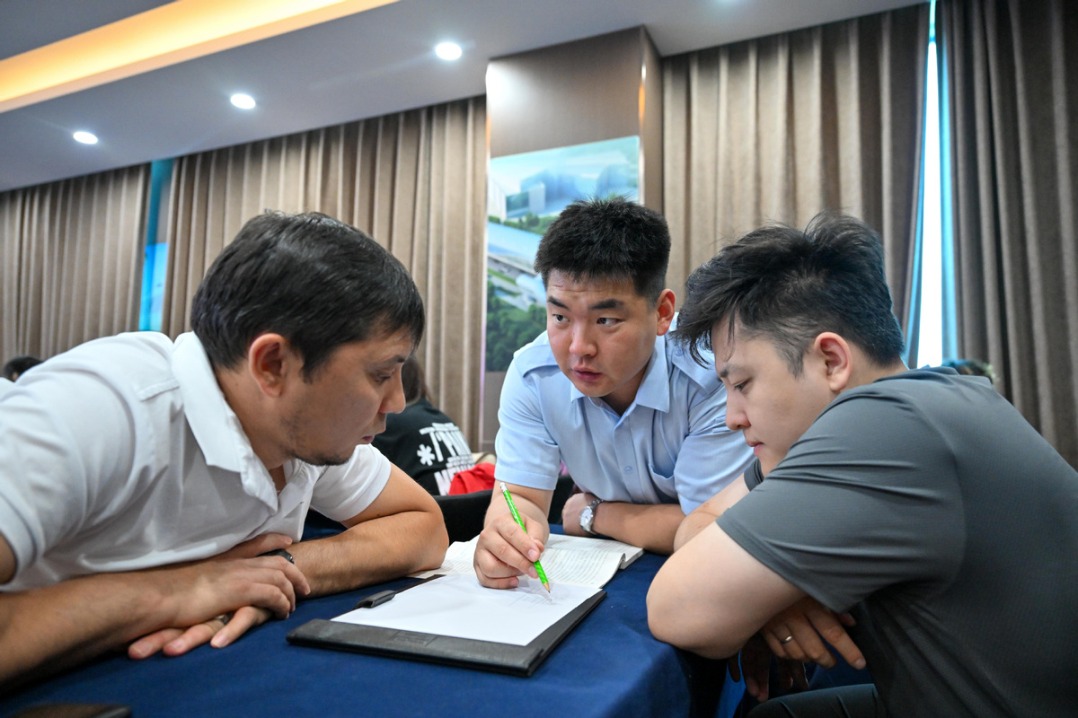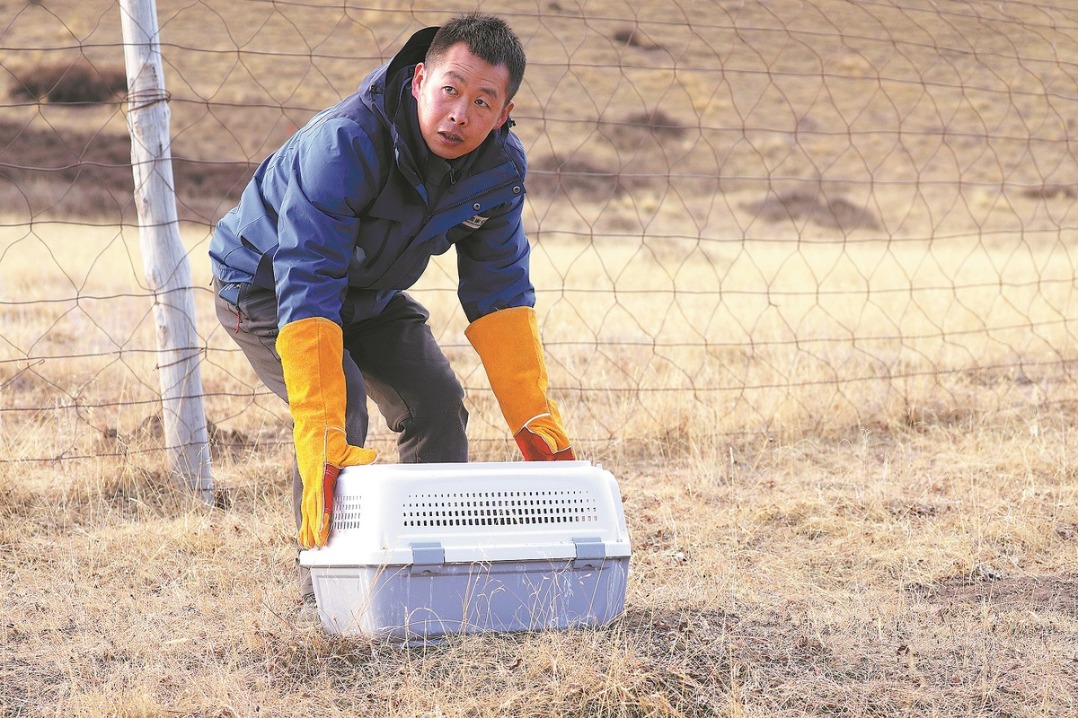12 underwater gliders sending science data from South China Sea

Twelve underwater gliders developed in China are carrying out scientific observations in the South China Sea and sending back real-time data, according to a briefing aboard the research vessel Kexue on Saturday.
It is the largest group of gliders to perform simultaneous observations in the region.
The Kexue left Qingdao, Shandong province, on July 10 for a maritime scientific expedition. After completing the first part of the mission, it stopped on Friday in Xiamen, Fujian province, to resupply.
"The gliders have collected detailed maritime information, including temperature, salinity, turbidity and oxygen levels, as well as the intensity and direction of currents," said Yu Jiancheng, a scientist in the program.
The 12 submersibles will collect comprehensive ocean data over the next month, said Sun Song, another scientist in the program.
Underwater gliders are a new type of robot featuring higher efficiency and better endurance. During the first stage of the mission, scientists successfully placed three submersible buoys and conducted several dives.
The Kexue will leave Xiamen on Sunday for the mission's second stage. It is China's most advanced, independently made marine science vessel. It was put into operation in April 2014. The 4,711-metric-ton vessel is capable of conducting deep-water and open sea exploration and research.
Xinhua
- China's top court cracks down on campus food safety violations
- China ranks 2nd globally in new drug development
- Olympic champion Zhang Yufei voices for climate action?
- China builds world's largest health, disease control systems: official
- China releases details of Huangyan Island nature reserve
- China plans to include HPV vaccines in national immunization program





































